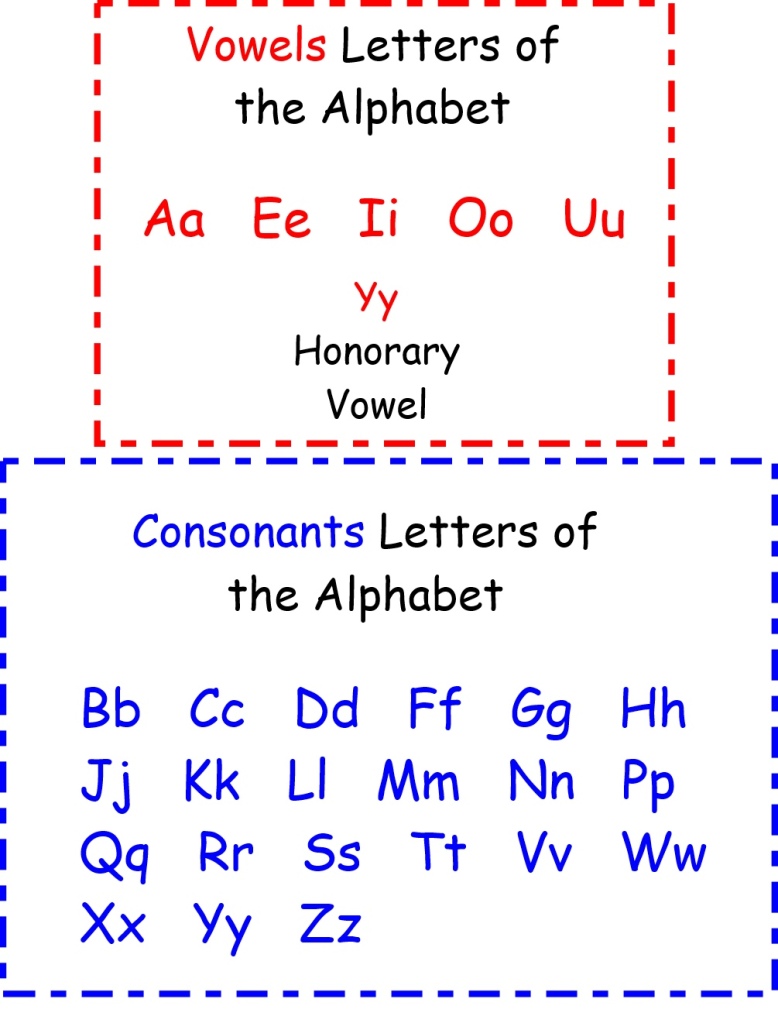
A couple of weeks ago we explained that there are 20 vowel sounds in the English (UK) sound system and last week we looked at the 7 ‘short’ vowel sounds. This week we are taking a look at the remaining 13 ‘long’ vowel sounds.
Here at Teach Phonics we split them in to two groups: 7 ‘long’ vowel sounds and 6 ‘long ‘R’ controlled’ vowel sounds.
The 7 ‘long’ vowel sounds areso calleddue to the length of their pronunciation; these can often be held without distorting their sound.
The /ai,(eI)/ sound found in the words: train, tray, cake and break.
The /oa,(ǝƱ)/ sound found in the words: boat, hotel, toe and bone.
The /oi,(ɔI)/ sound found in the words: boy, coin and buoy.
The /ow,(aƱ)/ sound found in the words: owl, house, drought and hour.
The /ee,(іː)/ sound found in the words: tree, pea, me, and pony.
The /I,(aI)/ sound found in the words: iron, fly, pie and light.
The /oo,(uː)/ sound found in the words: spoon, blue, screw and you.
The 6 ‘long ‘R’ controlled’ vowel sounds are so called because of the slight /r,(r)/ sound quality that can be heard in them along with the length of their pronunciation; these can often be held without distorting their sound.
The /ar,(ɑː)/ sound found in the words: car, father (southern UK accent) and art.
The /or,(ɔː)/ sound found in the words: fork, door, walk and sauce.
The /ear,(Iǝ)/ sound found in the words: ear, here, deer and pier.
The /er,(ɜː)/ sound found in the words: bird, kerb, nurse and worm.
The /re,(Ʊǝ)/ sound found in the words: manure, tour and mature.
The /air,(eǝ)/ sound found in the words: chair, pear, square and where.



